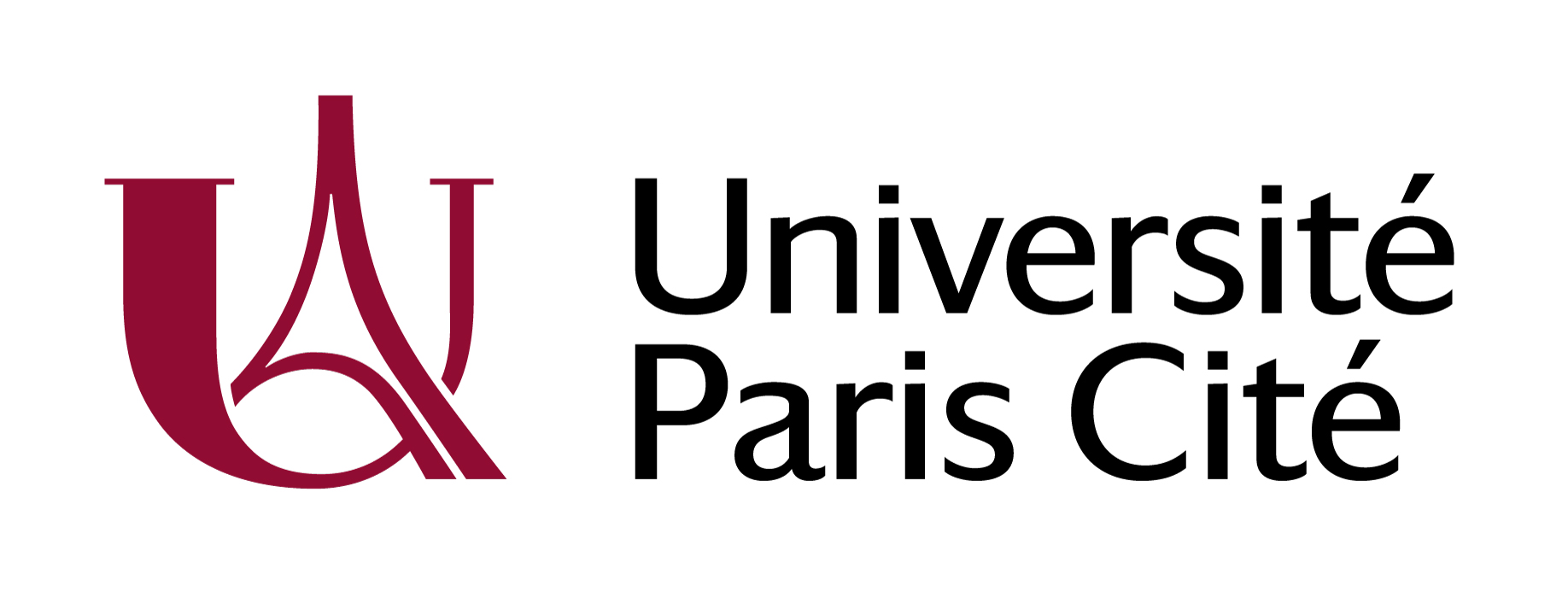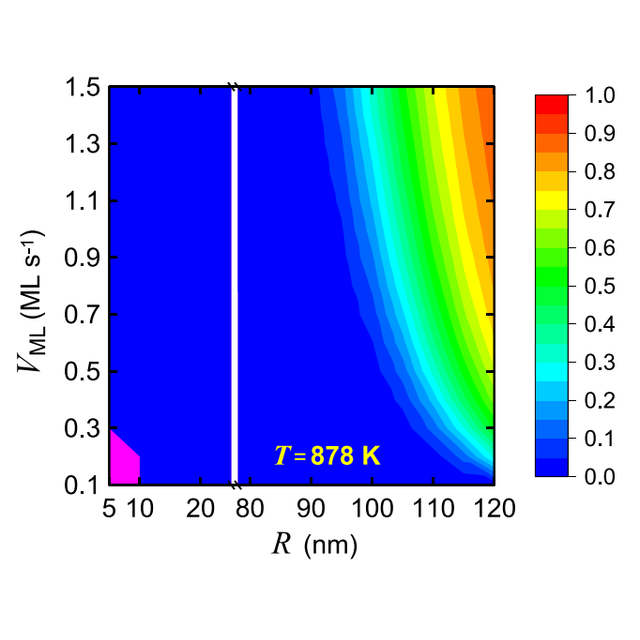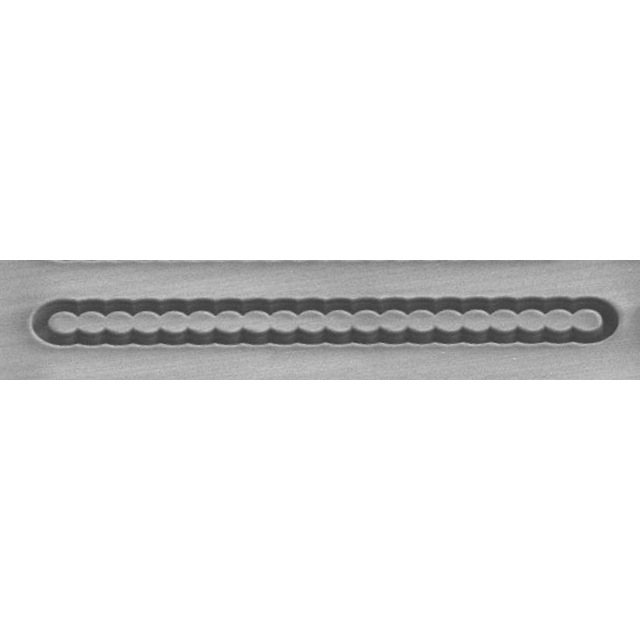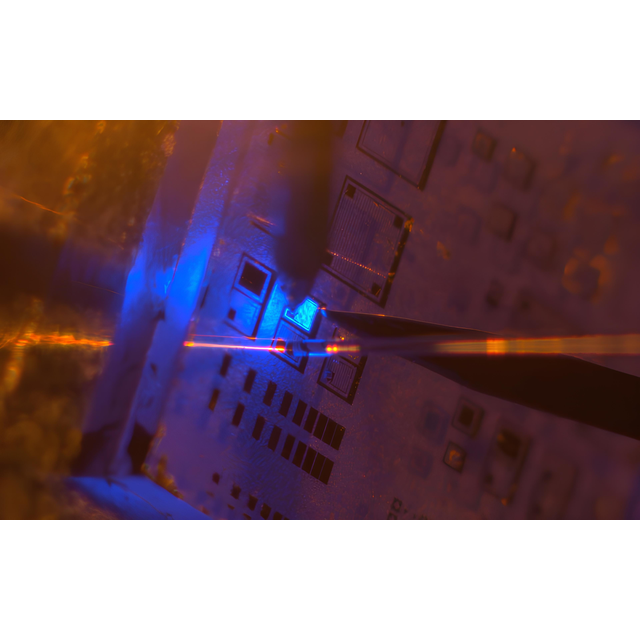In vapor-liquid-solid growth, biatomic monolayers (MLs) form sequentially at the interface between nanowire stem and liquid droplet. The randomness of the nucleation events that trigger the growth of each ML would seem to rule out an ultimate thickness control in quantum heterostructures. However, the C2N team previously identified an incomplete ML regime of III-V nanowire growth, where there is never enough group V atoms in the droplet at nucleation to let a full ML form quasi-instantaneously. Growth may then become self-regulated (with ML step flow time compensating the fluctuations of pre-nucleation waiting time) at temperatures low enough for group V desorption from liquid to be negligible.
A full theoretical study of the general mixed growth regime has now been carried out. The fraction of nucleation events where the liquid holds more than a ML-worth of group V atoms was calculated as a function of growth temperature, nanowire and droplet radii, and vapor input rate. For GaAs, a quasi incomplete monolayer regime, where nearly all nucleations produce fractional MLs, was shown to prevail over a very broad range of growth conditions (Figure). Unexpectedly, self-regulation should subsist in this regime, even in case of strong As desorption. This suggests that there is no intrinsic limit to the control of axial insertion thickness at the ML level.
Reference
Incomplete monolayer regime and mixed regime of nanowire growth
Frank Glas
Physical Review Materials 8, 043401 (2024)
DOI : 10.1103/PhysRevMaterials.8.043401
Affiliation
Université Paris-Saclay, CNRS, Centre de Nanosciences et de Nanotechnologies, 10 bd. Thomas Gobert, 91120 Palaiseau, France
Figure : Growth of GaAs nanowires at temperature T = 878 K. Map of the fractions of nucleation events giving rise to the formation of a complete ML at nuclation, as a fraction of nanowire radius R and As input rate from vapor VML (droplet contact angle is .100°). For R between 25 and 78 nm (data not shown), the fraction remains less than 10-5. The purple corner corresponds to critical nuclei too large to be accommodated on the nanowire top facet (no growth).
Contact : frank.glas@c2n.upsaclay.fr









